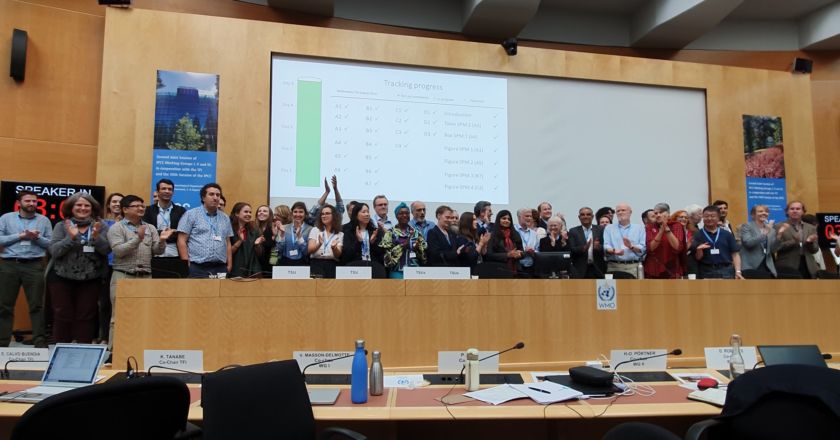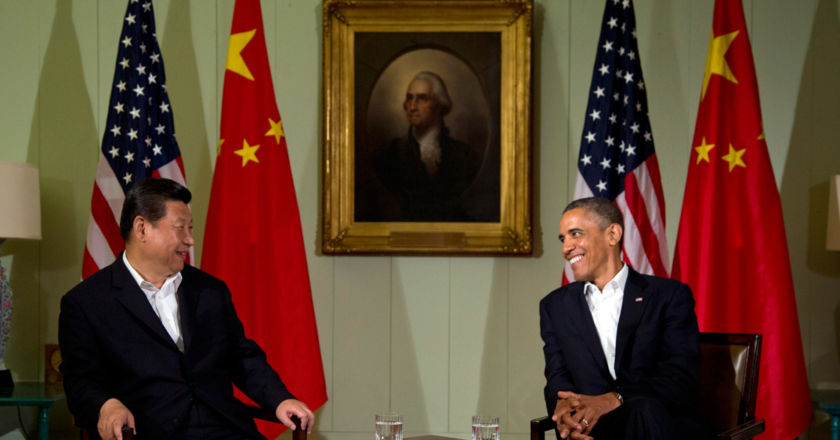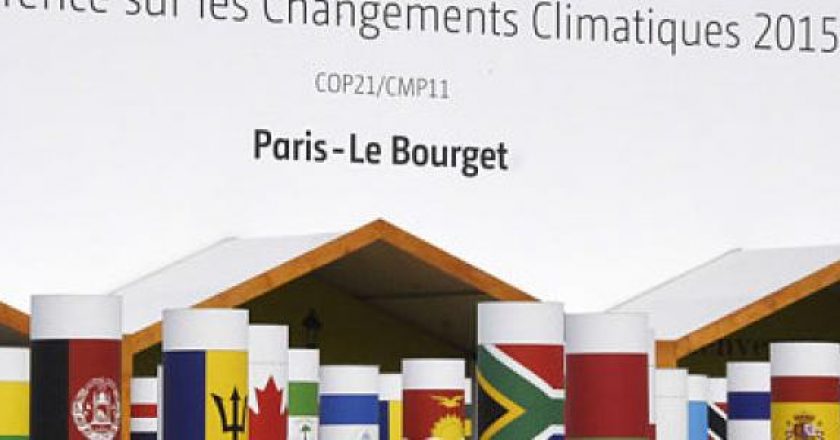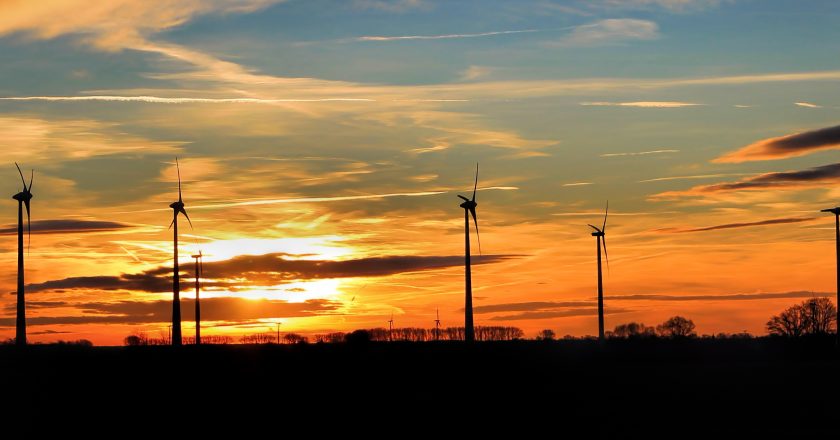


U.S. and China Formally Join Paris Agreement

UNFCCC Jargon Buster
A breakdown of the acronyms and jargon of the UNFCCC

Debunking Myths With Facts About COP21: The Paris Climate Agreement
Here are a number of resources that debunk common myths about the Paris climate agreement. For more like this, see Climate Nexus’ fact checking pieces on the top 10 climate science myths and myths about the Clean Power Plan.

U.S.-China Climate Deal: Setting the Record Straight

Understanding February’s Temperature Jump

Historic Climate Agreement Finalized in Paris
The final two-part agreement is 31 pages, down from the 86 pages agreed to last February in Geneva. The agreement consists of two parts: a formal text (11 pages) that houses the durable provisions and principles of the accord, known …

Myths and Facts about COP21, the Paris Climate Agreement
Here are a number of resources that debunk common myths about the Paris climate agreement

UNEP Report to Show Climate Action Commitments (INDCs) Start to Close the Gap
The United Nations Environment Programme (UNEP) released its annual report on the rate of global progress in cutting greenhouse gas emissions at 3:30AM ET on Friday, November 6. So far, 156 countries have submitted climate action plans (also known as Intended Nationally Determined Contributions, or INDCs), covering almost 87 percent of global emissions. The UNEP Emissions Gap report is expected to indicate that the INDCs, combined with current global policies already in place, would result in substantial reductions of greenhouse gas emissions, moving the direction of the global economy significantly closer to the cost-optimal pathway for holding warming under 2˚C.

Commitment Cycles and the Ratchet Mechanism
One of the big questions facing the negotiations is whether the agreement arrived at in 2015 should direct climate action for decades to come, and if so, how. This question has become starkly relevant as it is now clear that the recently submitted Intended Nationally Determined Contributions (INDCs) will only direct global action for 10 years, and will only push global action part of the way towards the 2˚C pathway.

